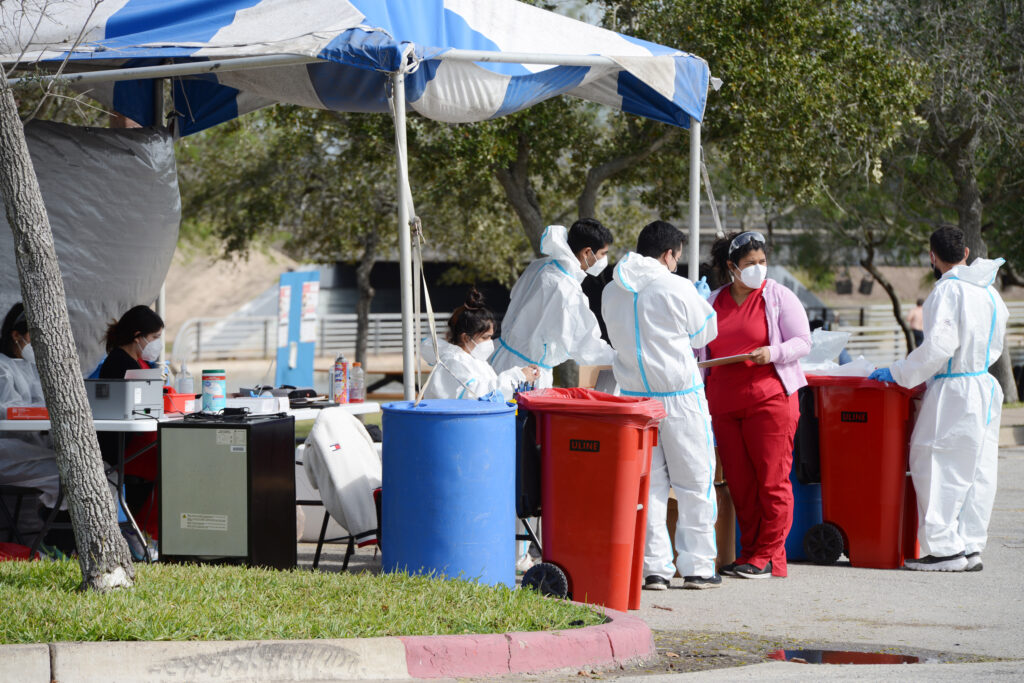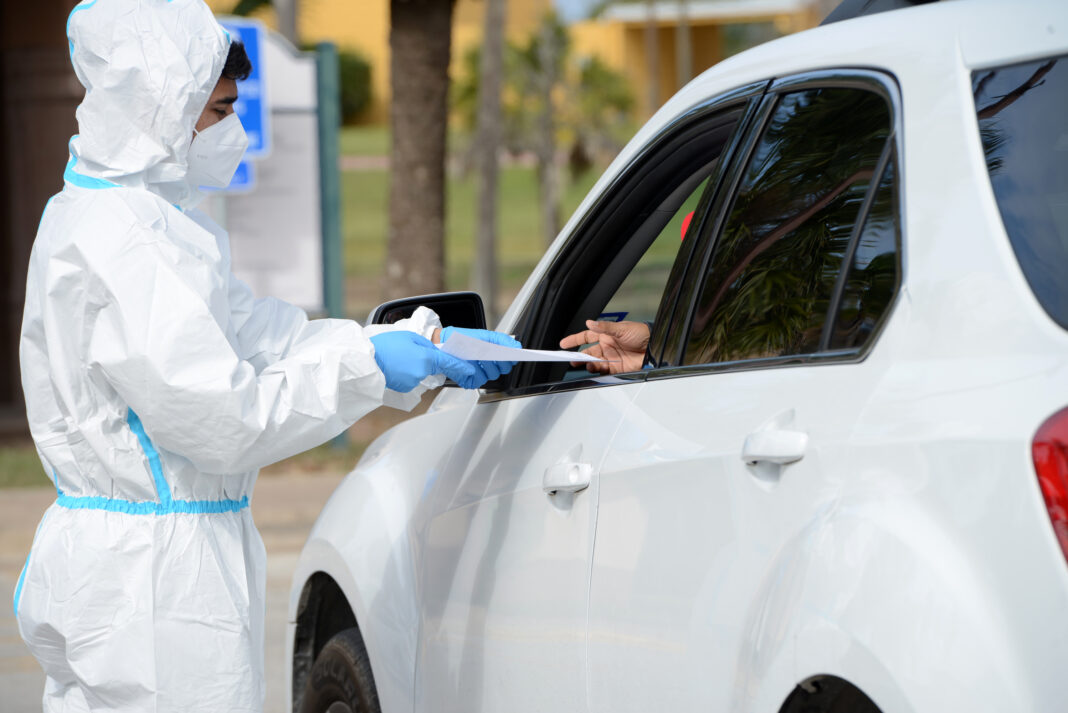On Dec. 10 Cameron County reported 21 additional confirmed COVID-19 cases among its residents.
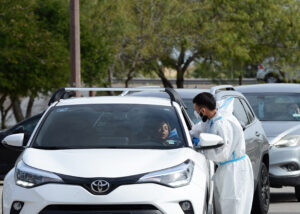
On Jan. 10 the county reported 1,358 additional confirmed cases and 653 probables. It’s a stark reminder of how good Omicron is at getting around, as are the growing number of people hospitalized and the long lines of cars at testing sites.
“I know that on Friday we did about 1,100 testing in Los Fresnos,” said county Public Health Administrator Esmeralda Guajardo. “A lot people want to rule out allergies and it turns out they are positive.”
There’s a lot of testing going on right now but it’s still not enough to meet demand, she said, adding that the recent surge is what was expected after holiday gatherings. Guajardo is keeping a wary eye on football playoffs and the Super Bowl and what that could mean for further spread.
Fortunately, Omicron’s symptoms are “somewhat mild” compared to Delta, she said, though the number of people being hospitalized for it is growing, placing additional pressure on hospitals already dealing with staff shortages.
“I know the hospital numbers are going up,” Guajardo said. “I know the hospitals here are struggling a little bit. That’s just a given anytime you start doubling your numbers. It’s going to impact you.”
While breakthrough Omicron infections are still putting some percentage of fully vaccinated people in the hospital, the vast majority of those being hospitalized are the unvaccinated. In most cases, those who are fully vaccinated and still catch Omicron feel only mild symptoms. Guajardo’s advice is the same now as it was when vaccinations first became available: Getting vaccinated is the best way to stay out of the hospital.
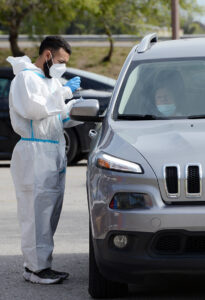
“I don’t know what else we can do to try to get people to understand that,” she said.
Valley Baptist Medical Center officials report a “significant increase and trend in our COVID-19 patient census at Valley Baptist-Brownsville, with COVID-related hospitalizations tripling over the last seven days.”
The dynamic nature of the current surge makes it difficult to draw conclusions about severity of illness or average age of those afflicted, though it is apparent that “the number of fully vaccinated and boosted patients who have very serious COVID-19 related illness remains very low,” according to VBMC.
“We urge our community to help us preserve critically needed hospital beds by taking all appropriate COVID-19 safety measures, including receiving the COVID vaccine and accompanying booster if they are eligible to do so,” said the officials.
The fast-moving Omicron wave has driven the vaccination rate up slightly, according to the county’s daily reports. On Dec. 10, based on 2019 census data, 76.8 percent of county residents 5 and older were fully vaccinated. On Jan. 10 it was slightly over 80 percent.
Guajardo said the relatively high vaccination rate in Cameron County is why the hospitals here aren’t overwhelmed as they are in some other parts of Texas and the United States, largely due to unvaccinated patients. At the same time, the vaccination percentage rates used by the state, based as they are on old data, don’t give a true picture of the county’s actual vaccination rate, she said.
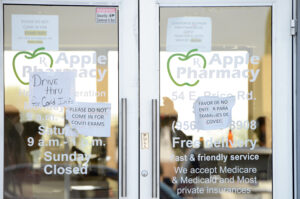
Guajardo anticipates that the county will exceed a 100 percent vaccination rate on paper, which isn’t possible in reality, since the 2019 census numbers don’t reflect the actual population of the county.
“So when you see our numbers and we exceed 100 percent, it gives the impression that everyone in the county is vaccinated,” she said. “We know that’s not the case.”
The percentages are also skewed by the fact that many county residents don’t fill out the census form, plus many Winter Texans get their vaccinations here and give local addresses, artificially inflating the county’s numbers, Guajardo said. Another factor is the number of Mexican nationals receiving vaccinations in the county since the bridges reopened on Nov. 8, she said.
In spite of all that, Cameron County, the Rio Grande Valley and the Texas border region as a whole still have a much higher vaccination rate than the rest of the state, Guajardo said. But while the infection rate was once a fairly reliable indicator of who was vaccinated and who was not, that’s no longer the case with Omicron, given the higher number of breakthrough cases involving the variant, she said.
Omicron has put a staggering number of children in the hospital nationwide, and Guajardo said it’s adults’ responsibility to prevent that from happening in Cameron County as much as possible. That means not only getting vaccinated and boosted but social distancing and wearing masks that actually work — N95 or KN95 masks for example — as opposed to bandannas or cloth masks, which might look good but are no match for Omicron, she said.
“If you have children at home under 5, I hope you’re taking every precaution you can to try to keep them from getting sick,” Guajardo said.
